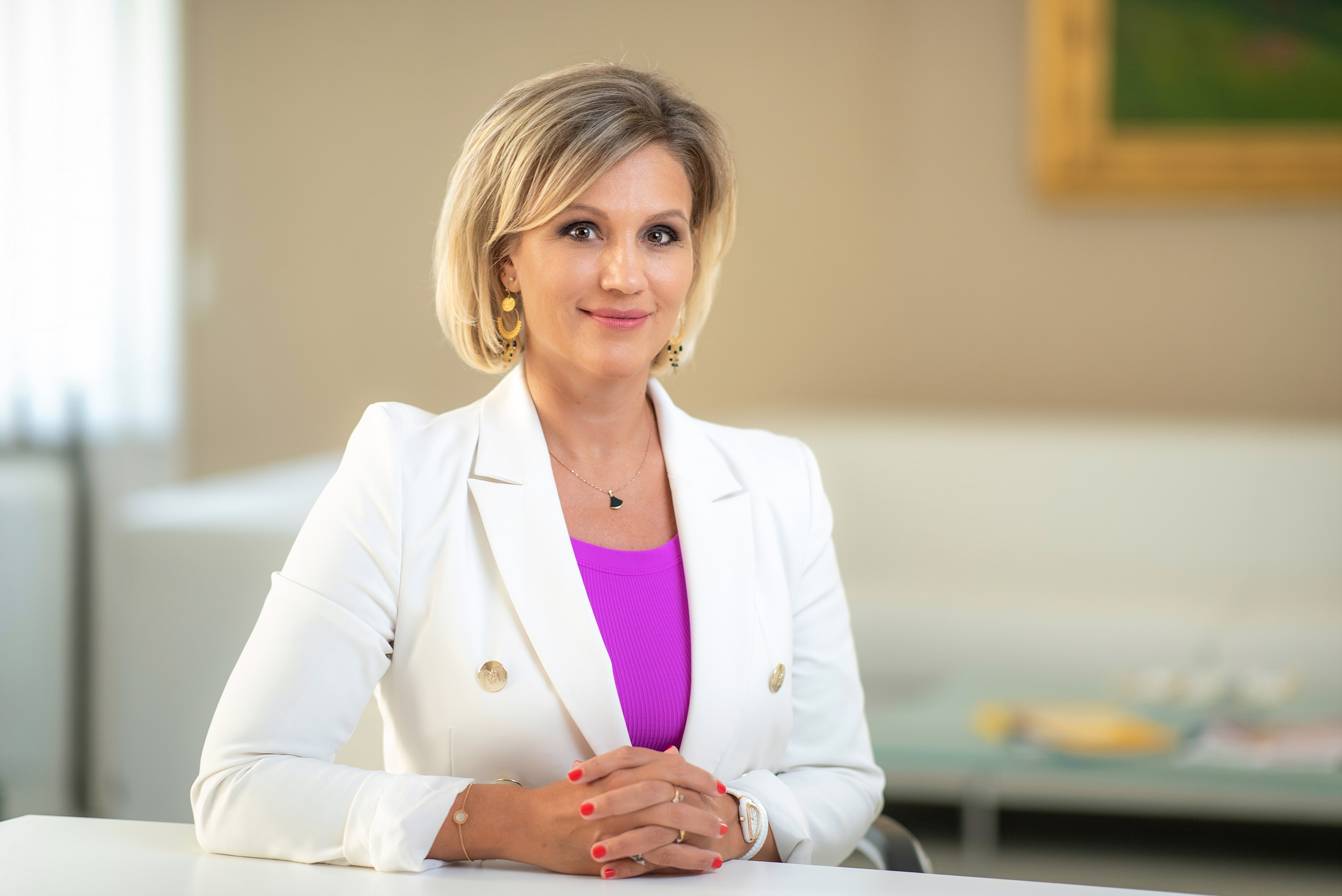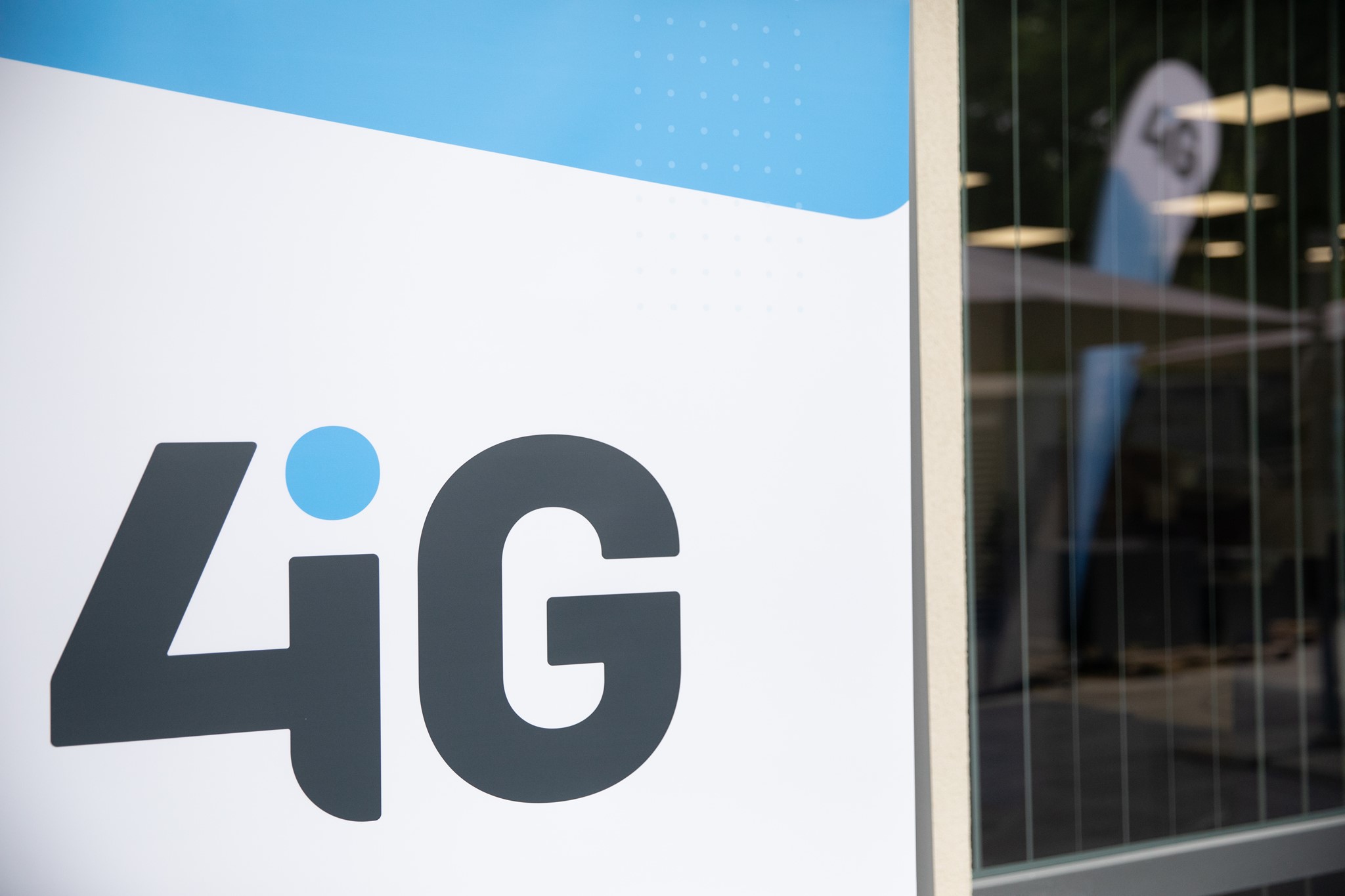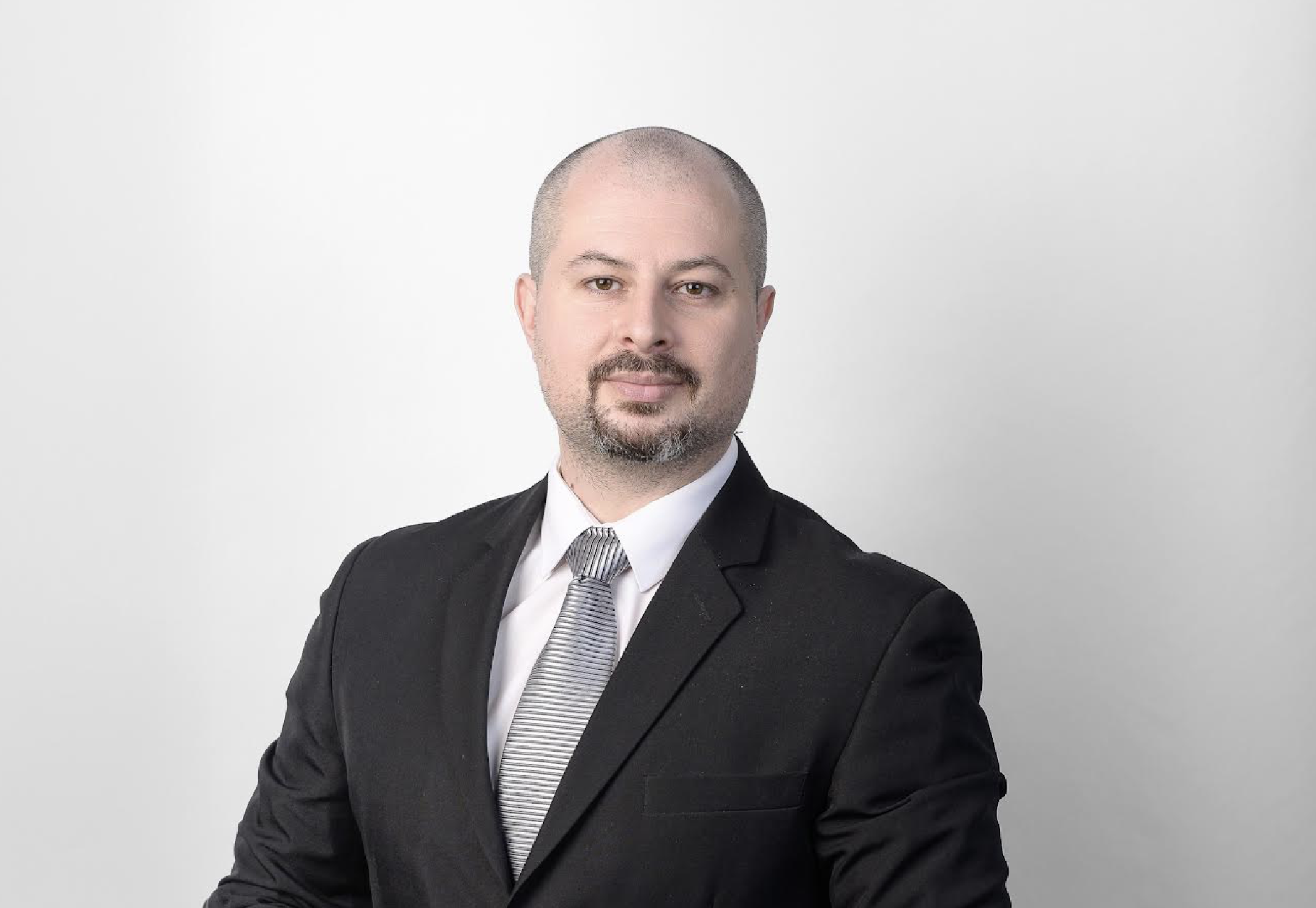MBH Bank’s Post-merger HR Vision

Kitti Dobi, chief HR officer at MBH Bank
Kitti Dobi, chief HR officer at MBH Bank, reflects on the HR challenges and successes of MBH Bank one year after the groundbreaking three-way merger that created Hungary’s second biggest commercial lender.
BBJ: In the discussion we had a year ago, just ahead of the finalization of a three-way merger of MKB Bank, Takarékbank, and Budapest Bank, you said that one of the biggest challenges is how the newly created lender could remain structured while at the same time also customer-focused, digitally agile and flexible. How did you manage this?
Kitti Dobi: Our triple merger, which was one of a kind in the European banking scene, was a very ambitious project, but throughout the process, we always had our eye on the customer. The whole merger was for the benefit of our customers; thus, we did our best to ensure that we kept the transition as smooth as possible for them. We completed the process on schedule; everything went according to our original technological and physical plans. However, we all know that to complete the merger and provide a unified and seamless, world-class customer experience, we still have some IT harmonization challenges ahead, as merging three IT systems in banking is a much more complex process than in any other industry. In the coming years, we will continue our progress according to our original strategy and roadmap; some fine-tuning is occasionally required, but our initial analysis and plan are still valid.
BBJ: What is the most significant challenge in forging a unified corporate culture now?
KD: Our cultural transformation journey can be divided into two distinct phases: first, we had the merger journey, and second, we now have the business transformation journey. In the first phase, our main challenge was to bring all our colleagues to a common denominator and motivate them to drive the merger as one team at a highly accelerated pace instead of looking back on the past. Initially, we had to harmonize the leadership approaches, organizational structure, governance models, performance management, appraisal and compensation systems of the member banks to ensure that all our colleagues are on the same page. We had to ensure we had the right talent in-take and talent retention for our business-as-usual operations. In the second phase, we must create a common language; we need to communicate and implement the values and attitudes that are the foundations of our new corporate culture, which will help us build a modern, digital, customer-focused bank. We call the second phase “Culture 2.0” and know that we are only at the beginning of a journey and will need hundreds of organizational workshops, diagnostics, conversations and training, but, first and foremost, dedicated managerial role models to get closer to our goal. On the practical side, the new HQ we are building will also be a significant milestone in our cultural development journey, as we are now scattered around the city in office buildings that do not really reflect our corporate culture.
BBJ: You mentioned in-take and retention. In today’s tight labor market, what steps is MBH Bank taking to make the company attractive to potential employees?
KD: Concerning employee attraction, our goals and strategy have been unchanged since the beginning of the merger process; we can stick to the original employee value proposition as both our internal and external surveys confirm its validity, distinctiveness and attractiveness. Our employer branding activities aim to attract talent from a broad audience, and our retention strategy is targeted and focused on the needs of our various audiences. Our generation diversity project plays a crucial role in these efforts: we have unique, tailor-made programs for all generations, fresh graduates, women on maternity leave, and 60+ senior experts, as well as a large-scale trainee program and a female manager development program. On top of all this, we are one of the few companies to have run ATL [above the line] employer branding campaigns; thus, our target audiences can see our messages on billboards and trams and not only on the usual career sites. Furthermore, once we recruited new colleagues, they were invited to participate in a gamified pre-boarding program, the first of its kind in the Hungarian market.
BBJ: You also talked about that multi-generational approach to HR last year. What are the most outstanding achievements of this program among these different groups?
KD: Our goal is to create a community at MBH Bank where everyone can thrive, a culture of empowerment and high performance. We realized that we need to address the different generations in different ways, and we also realized that we need to address their particular needs and issues. We developed a generation diversity program that has become popular both within the bank and externally, as this initiative won several professional HR awards. An important target group is our senior colleagues: their expertise is indispensable in running our bank, yet we need to reach out to them to keep them within the flow of information.
Based on their feedback, our dedication to them is highly esteemed and appreciated. Similarly, we offer an exciting job rotational opportunity to more than a hundred fresh graduates and we see that this program is immensely popular and completely overbooked already. Our top student-focused rotational internship program also ranked high on the market; participants in this initiative can learn banking in an accelerated, highly customized way, closing with a potential job offer at the end.
BBJ: What are the next steps in building MBH Bank’s corporate culture? Are there new programs around the corner?
KD: A critical aspect of our merger history was that, besides completing the merger on schedule, we have managed to produce outstanding results both with respect to increasing our customer portfolio and market shares and regarding our key financial indicators. Even our competitors acknowledge that our ROE [return on equity] and ROA [return on assets] figures are impressive by local and international standards. To maintain high performance throughout the coming years of transformation, we must focus on managerial development and organizational efficiency. Furthermore, international expansion is high on our agenda; thus, we will need to prepare to organize for that. Efficiency, training and development will be our focus so that we have the stamina to build something extraordinary for our customers.
This article was first published in the Budapest Business Journal print issue of April 19, 2024.
SUPPORT THE BUDAPEST BUSINESS JOURNAL
Producing journalism that is worthy of the name is a costly business. For 27 years, the publishers, editors and reporters of the Budapest Business Journal have striven to bring you business news that works, information that you can trust, that is factual, accurate and presented without fear or favor.
Newspaper organizations across the globe have struggled to find a business model that allows them to continue to excel, without compromising their ability to perform. Most recently, some have experimented with the idea of involving their most important stakeholders, their readers.
We would like to offer that same opportunity to our readers. We would like to invite you to help us deliver the quality business journalism you require. Hit our Support the BBJ button and you can choose the how much and how often you send us your contributions.












